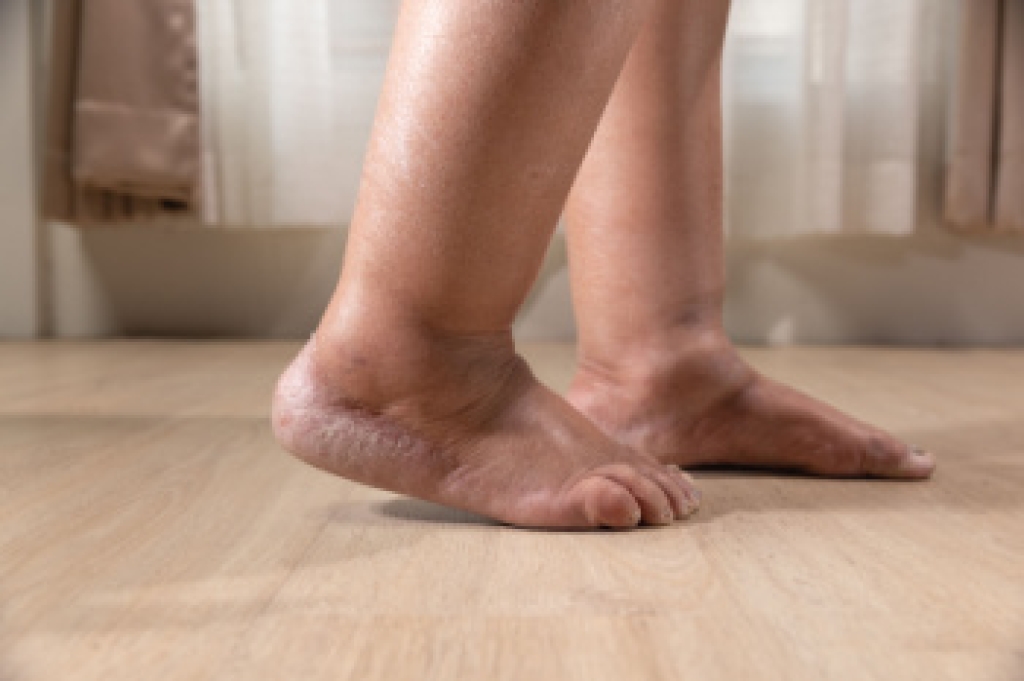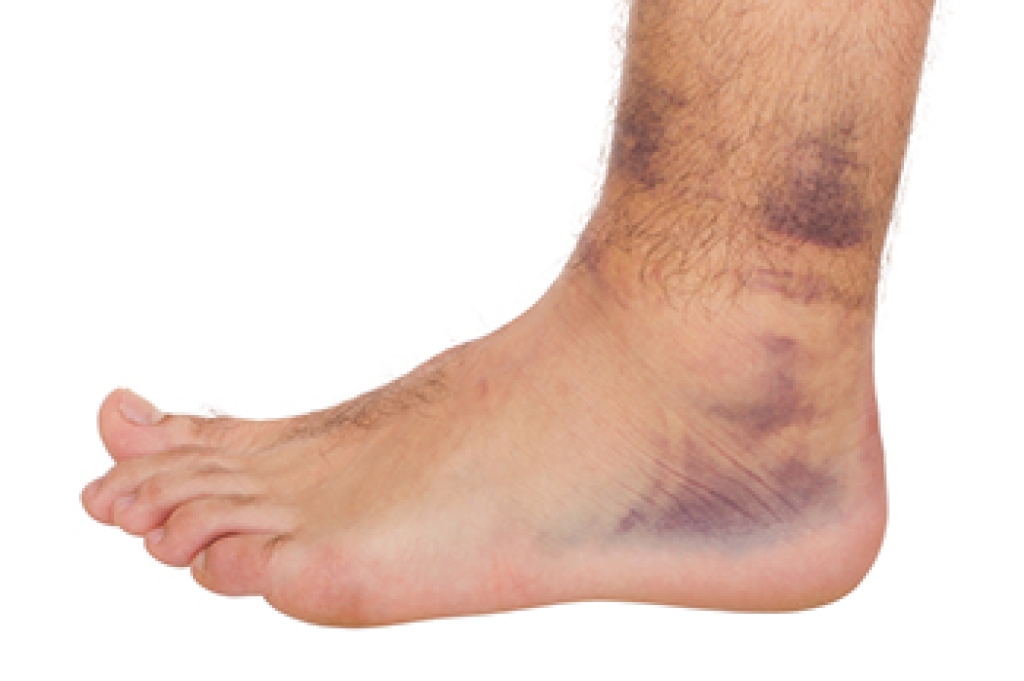
Caring for the feet begins with simple habits that keep the skin, nails, and joints healthy. Regular washing and drying helps maintain good skin condition, while properly trimmed nails reduce irritation and discomfort. Supportive shoes that fit well can ease strain on the arches and lessen fatigue during daily activities. Paying attention to changes such as new soreness, swelling, or areas of pressure is also important, as these signs can reveal early trouble long before a major problem develops. A podiatrist becomes important when foot pain does not ease, when walking becomes difficult, or when changes in the nails or skin progress despite basic care. Persistent heel pain, repeated ankle issues, numbness, or wounds that do not improve all deserve professional attention. If any of these concerns affect your comfort or mobility, it is suggested that you see a podiatrist for effective treatment solutions.
Everyday foot care is very important to prevent infection and other foot ailments. If you need your feet checked, contact Andrew Katz, DPM from Allcare Foothealth Center. Our doctor can provide the care you need to keep you pain-free and on your feet.
Everyday Foot Care
Often, people take care of their bodies, face and hair more so than they do for their feet. But the feet are a very important aspect of our bodies, and one that we should pay more attention to. Without our feet, we would not be able to perform most daily tasks.
It is best to check your feet regularly to make sure there are no new bruises or cuts that you may not have noticed before. For dry feet, moisturizer can easily be a remedy and can be applied as often as necessary to the affected areas. Wearing shoes that fit well can also help you maintain good foot health, as well as making it easier to walk and do daily activities without the stress or pain of ill-fitting shoes, high heels, or even flip flops. Wearing clean socks with closed shoes is important to ensure that sweat and bacteria do not accumulate within the shoe. Clean socks help to prevent Athlete’s foot, fungi problems, bad odors, and can absorb sweat.
If you have any questions, please feel free to contact our office located in Palmdale, CA . We offer the newest diagnostic and treatment technologies for all your foot care needs.




